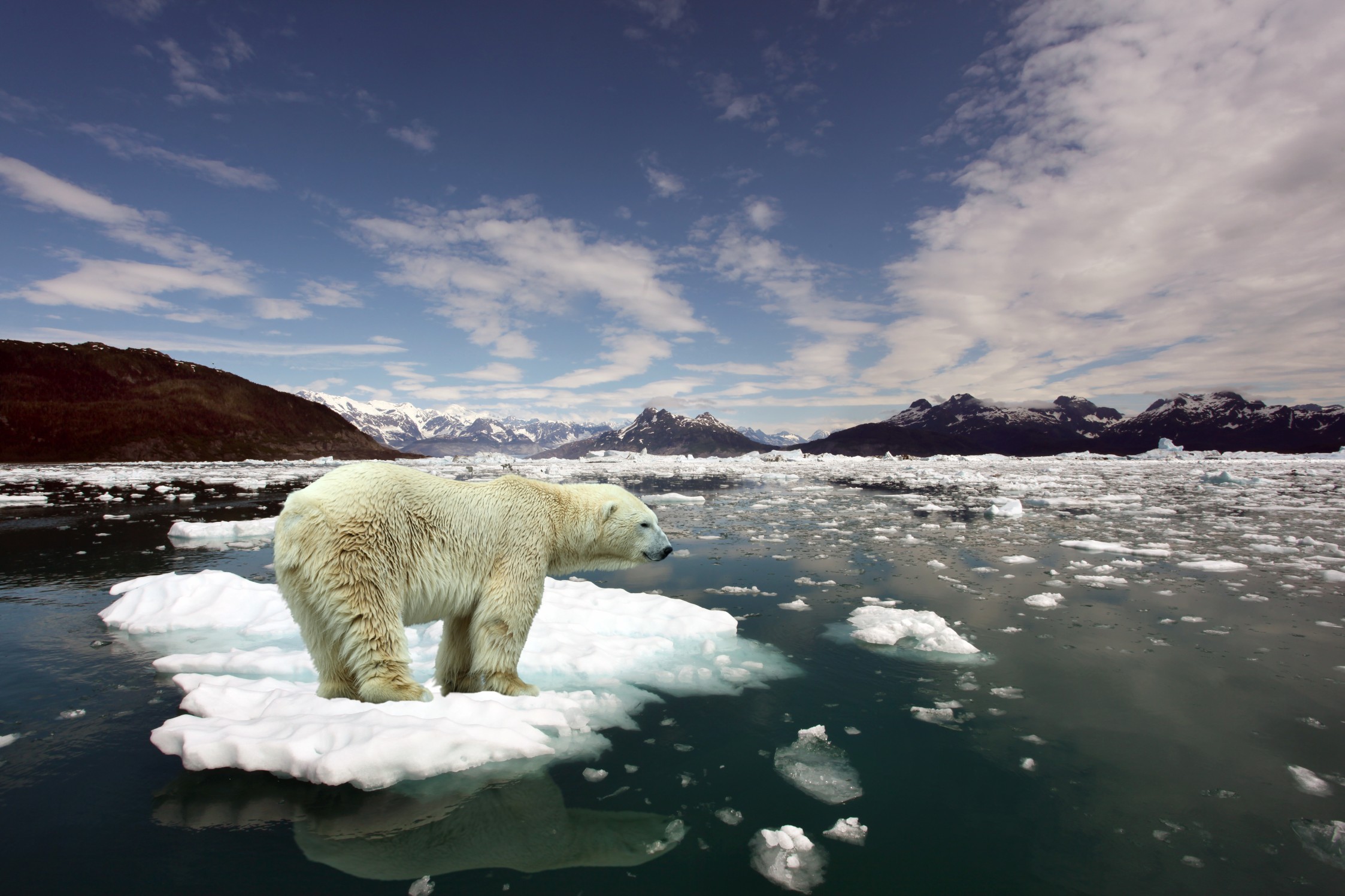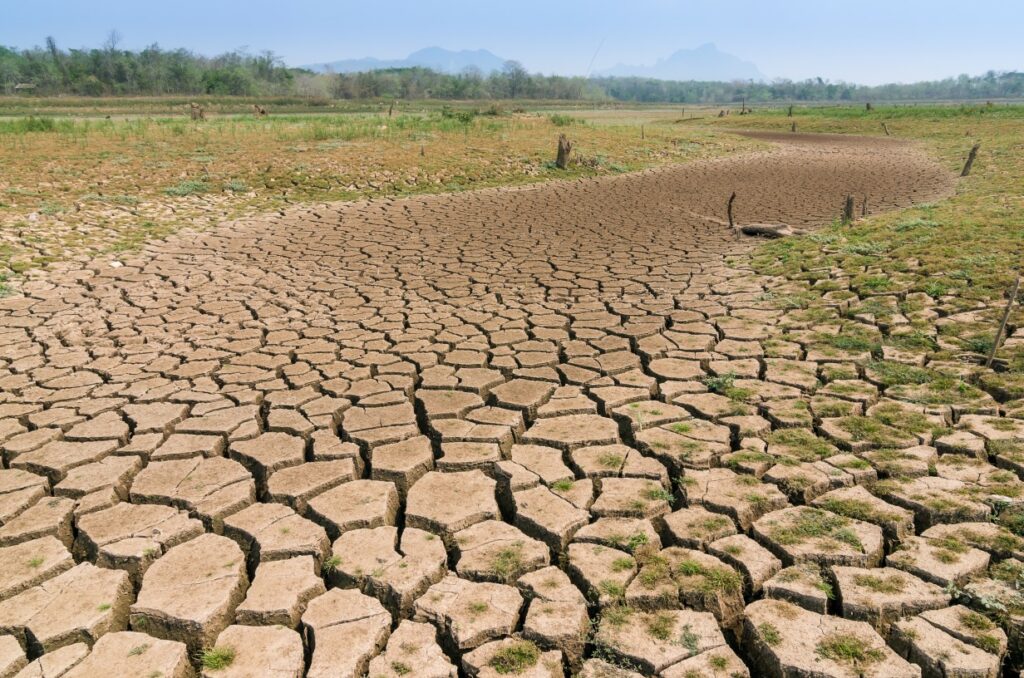
Heavy Rain, Flooding, and Chance of Severe Weather Staring Down the Southern U.S.
January 22, 2024
Posted: April 14, 2023 2:00 pm





It is hard to discount the validity of climate change when recent data demonstrates that ocean water temperatures have reached the highest level ever. The new high was hit in March just as climatologists predicted that the current La Niña is on its way out, making way for the arrival of an El Niño phase in the coming months.
What is most worrisome about the latest data indicating the record high sea surface temperatures is that this was reached during a La Niña, a phase in which readings tend to trend lower. The Climate Prediction Center (CPC) arm of the National Oceanic Atmospheric Administration (NOAA) recently declared the end of the La Niña phase.
In addition, the CPC is now forecasting neutral conditions for the spring and early part of summer with the El Niño phase becoming entrenched by late summer or early fall.
The arrival of the El Niño pattern could bring along a host of negative climate impacts, including stronger typhoons, extreme heat and wildfire danger, and threats to vulnerable coral reefs. This is because the transition to an El Niño phase typically creates warmer temperatures across the planet. What does this mean for global weather patterns? Read on for just a few of the expected impacts.
California has been under the gun for massive amounts of rain and snow in recent months. This moisture has been good news for the ongoing drought across the Golden State. However, forecasters are warning that the precipitation could become even more intense as the transition to an El Niño pattern begins.
Record-setting snowpack levels in the Sierra Nevada are already predicted to unleash widespread flooding this spring in the state as rising temperatures trigger the rapid melting of this snow. The onset of El Niño will likely bring even more rainfall, increasing the risks of landslides, mudslides, flooding, and coastal erosion.
This forecast follows the historical trends of La Niña patterns causing droughts and El Niño patterns erasing these droughts. Unfortunately, it can be more difficult to predict what areas will see the drought and what areas will see the higher than average amounts of moisture during these transitions.
For instance, while California was the beneficiary of a relentless parade of storms last winter, the Desert Southwest is still dealing with drought conditions.
Plunging water levels on the Colorado River have created a serious water crisis in this part of the U.S. The arrival of El Niño could translate to significant relief for the Southwest, similar to what California experienced this winter.

While California and the West may be dealing with significant precipitation, it could be the opposite situation in other parts of the world. El Niño could mean worsening droughts and intense heat for some communities. India, South Africa, Indonesia, Australia, and the Pacific Islands are those most at risk for experiencing this heat, drought, and wildfire risk.
Local meteorologists in Australia are already expressing concern that the recent flooding events will create a higher risk of brushfires. This is because the flooding has led to heavy vegetation growth, providing greater amounts of fuel for fires to spread.
Over in India, the impacts of El Niño will likely mean a shorter and weaker monsoon season. The country leans on the moisture that falls during this season to fill its aquifers. Farmers could experience a rough growing season if the monsoon moisture does not develop to fruition.
The onset of El Niño in India may also send temperatures soaring. Combined with the lack of moisture, it is easy to see how water availability can quickly worsen.
Another consequence of El Niño may come in the form of global warming. Experts are predicting the the planet may break 1.5 degrees Celsius of warming over the levels seen in the mid 1800s.
This development would be significant as the Paris Climate Agreement goal was to limit global warming to this level when compared to readings prior to the Industrial Revolution.
The 1.5-degree benchmark is worrisome because it is considered to be the point in which irreversible drought, wildfires, severe flooding, and other disastrous impacts could happen. Scientists are already predicting that 2024 is likely to be the warmest year ever recorded on Earth.
The current record belongs to 2016, another year that came on the heels of a strong El Niño pattern.
Even with La Niña in place the last few years, Europe recorded its hottest summer ever in 2022. Other areas of the world that saw immense heat included India and Pakistan, notching readings of 120 degrees.
Although the Atlantic hurricane season tends to be less severe during an El Niño phase, warmer sea surface temperatures in the Pacific can fuel a stronger cyclone season for this part of the world.
The warmer temperatures make it more likely that these tropical events will take root farther west, keeping their intensity for longer periods of time. The Hawaiian islands are the only part of the U.S. likely to be affected by cyclones in the Pacific Ocean.
This warming trend is already demonstrated off the coast of Peru in South America. In addition to the threat of cyclones, the warming temperatures could bring a higher chance of flooding to Peru and neighboring nations.

Ice levels across Antarctica are already on the decline with the arrival of El Niño expected to worsen the situation. Recent data predicts that the new climate phase could accelerate the melting process. The latest models are demonstrating that there is a strong correlation between El Niño and ice melt.
The ice sheet in Antarctica holds a massive amount of water that could prove dangerous if it melts too quickly. A rapid ice melt could increase the global sea level by well over 200 feet.
Lastly, the impacts of El Niño may be felt across the world’s increasingly vulnerable coral reefs. The warmer water ushered in by El Niño is inherently bad for coral. Coral bleaching happens when coral gets too warm and ejects the algae that resides within it. Bleaching is connected to a greater risk of starvation and death.
This phenomenon has happened in the past. Following the strong El Niño pattern that began in 2015, almost 30% of the coral in Australia’s Great Barrier Reef died. A new El Niño in the cards could produce another great bleaching event.
Did you find this content useful? Feel free to bookmark or to post to your timeline for reference later.

January 21, 2024

January 19, 2024

January 18, 2024